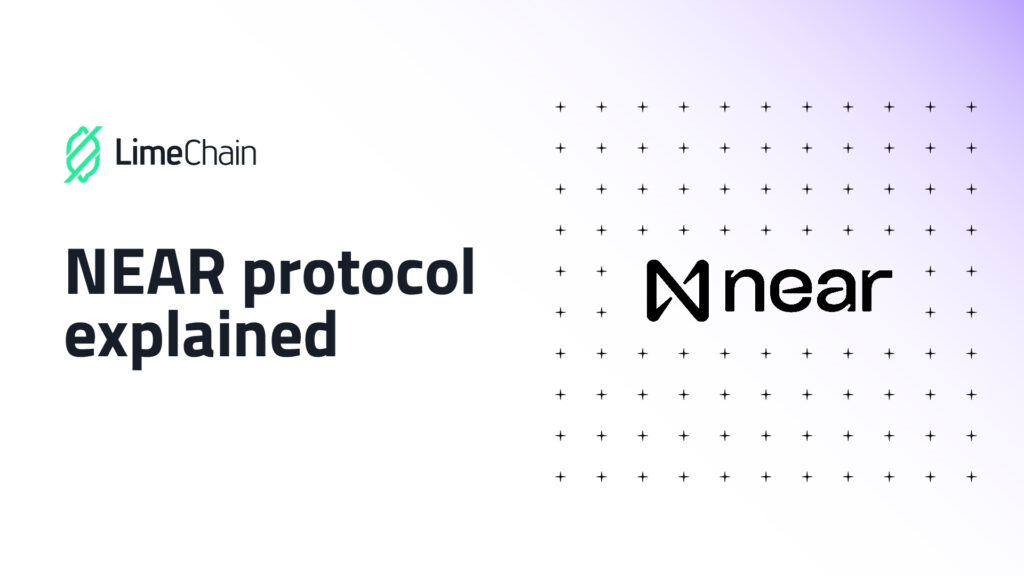

NEAR Protocol has in recent years emerged one of the most promising alternatives to big smart contract blockchains like Ethereum and Solana.
Ethereum was the blockchain that first introduced smart contracts, adding programmability to the Web3 space and enabling the creation of various decentralized applications and services. Today Ethereum is by far the leading platform with smart contract capabilities, but the growing usage of the platform has resulted in more frequent network congestion that has in turn led to slower transaction speeds and higher fees. And while Ethereum is leveraging some promising solutions to address these issues, a number of protocols have emerged aiming to offer cheaper and faster alternatives that boast smart contract capabilities.
NEAR protocol is one of the more recent arrivals on that scene, but it’s already showing its significant potential. The protocol leverages sharding to reduce the computational load on its network and thus be able to process transactions faster and much more efficiently. And with the additions of other useful features like named accounts, NEAR protocol seeks to provide top-tier user experience and security.
How does NEAR protocol work?
Shading is central to NEAR’s architecture, which is designed with the goal to achieve high efficiency. Sharding is a technique that involves splitting a large database into smaller fragments, called shards, that can be more easily managed.
NEAR utilizes that technique to split its network into multiple shards. This means that each node is concerned only with its own shard rather than the entire network, so it can perform its responsibilities much more efficiently. This also allows shards to process transactions in parallel, which is a much faster method.
The second important part of NEAR Protocol’s design is its Proof of Stake consensus mechanism, which ensures that the different shards can work in concert. Under this consensus mechanism, anyone can stake NEAR tokens to become a validator and earn rewards for validating transactions. The system also allows for people to delegate their stakes to validators of their choosing. That way they can receive a cut of the rewards without the need of operating a validator node themselves. The NEAR protocol uses an auction system to select validators every epoch.
Validator nodes can have different responsibilities – some are tasked with validating so called ‘chunks’, or aggregations of transactions from a shard. Meanwhile, other validators are responsible for producing blocks that store chunks from all shards.
NEAR’s PoS mechanism also employs ‘fishermen’ nodes tasked with reporting malicious behavior from validators. As is customary for PoS systems, validators who behave badly are penalized by slashing of their stakes.
Focus on empowering developers
The main purpose of smart contracts is to facilitate Web3 development and enable the creation of decentralized products and services. With that in mind it makes sense for a smart contract-compatible blockchain to be geared towards empowering Web3 developers and NEAR protocol completely embraces that.
The platform offers robust and easy to use tools that developers can utilize to create powerful applications. It also employs a novel method for upgrading smart contracts called Programmatic Updates, which aims to make it easy for devs to make necessary changes to their smart contract code, but at the same time implements safeguards against malicious changes.
NEAR also provides access to over 20,000 open-source components that developers can use to create powerful user experiences.
Other noteworthy features
NEAR protocol also strives to provide a great experience for its users and that drive has informed many of its most noteworthy features. For example, in addition to standard wallet addresses (which are typically expressed as alphanumeric strings), NEAR also supports human-readable account names. This is just one of the advantages of the protocol’s powerful account system, which treats accounts as first-class entities.
Another interesting feature is Meta Transactions, which allows users to transact even if they do not own any gas or tokens. Using this feature requires users to construct and sign transactions off-chain and then leverage third-party entities called relayers that pay the fees and execute the transactions on their behalf.
Another key feature is the Rainbow bridge, which enables users to migrate ERC-20 tokens from Ethereum to NEAR, and vice versa. The bridge was developed by Aurora, an Ethereum scaling solution built on NEAR Protocol.
Conclusion
With all it has to offer in terms of smart contract support, dev tools and powerful user-friendly features, it’s clear that NEAR Protocol has the potential to become a major player in the smart contract space. Its implementation of the sharding concept promises to create an efficient alternative to Ethereum and is a great showcase of what that approach to solving the scalability problem could bring to the table. We’re excited to see what the next chapter in NEAR’s evolution will bring.
